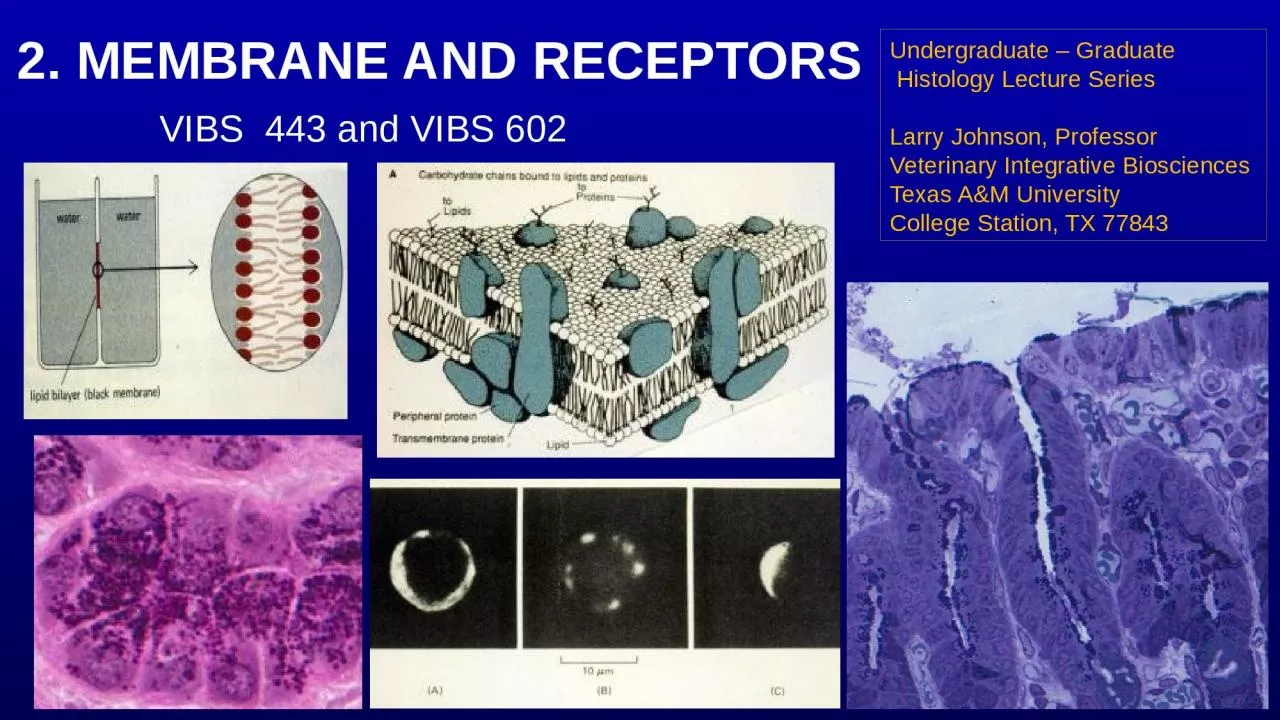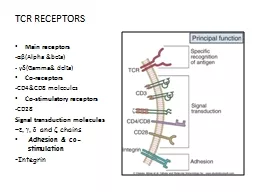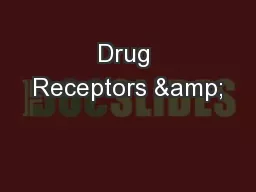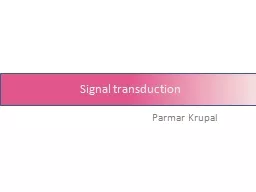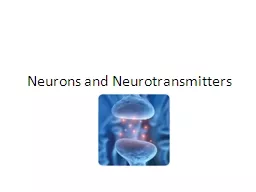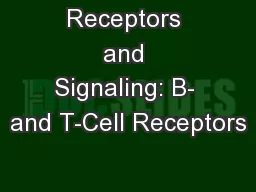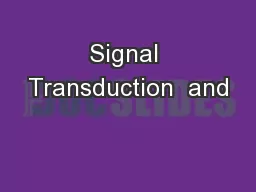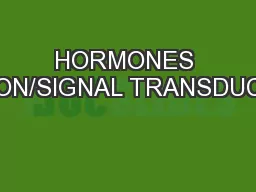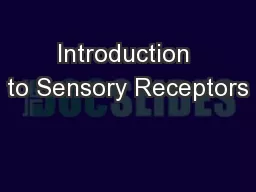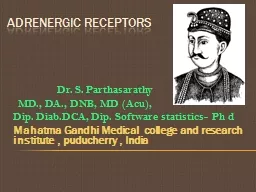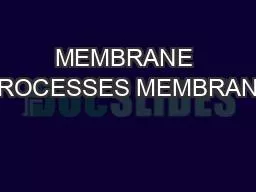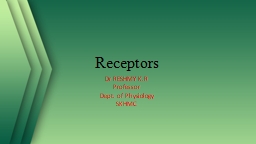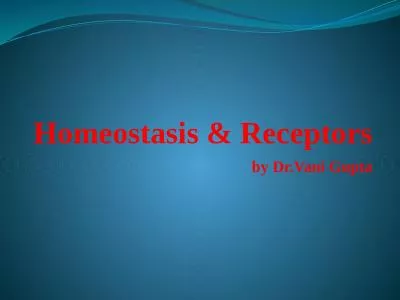PPT-2. MEMBRANE AND RECEPTORS
Author : isabella | Published Date : 2022-06-15
Undergraduate Graduate Histology Lecture Series Larry Johnson Professor Veterinary Integrative Biosciences Texas AampM University College Station TX 77843 VIBS
Presentation Embed Code
Download Presentation
Download Presentation The PPT/PDF document "2. MEMBRANE AND RECEPTORS" is the property of its rightful owner. Permission is granted to download and print the materials on this website for personal, non-commercial use only, and to display it on your personal computer provided you do not modify the materials and that you retain all copyright notices contained in the materials. By downloading content from our website, you accept the terms of this agreement.
2. MEMBRANE AND RECEPTORS: Transcript
Download Rules Of Document
"2. MEMBRANE AND RECEPTORS"The content belongs to its owner. You may download and print it for personal use, without modification, and keep all copyright notices. By downloading, you agree to these terms.
Related Documents

